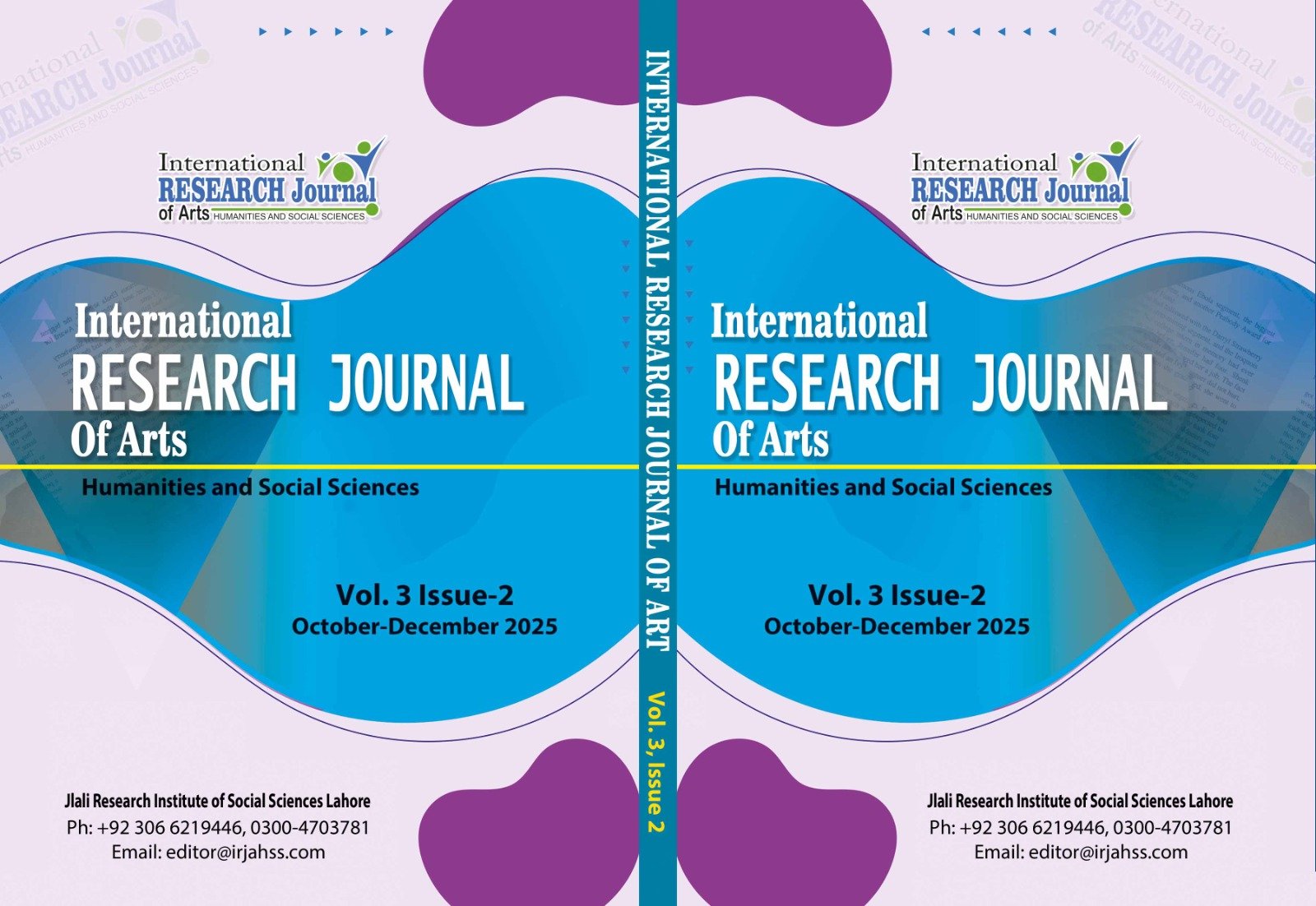An Integrated Assessment of Smog Formation, Environmental Impacts, and Mitigation Strategies in Pakistan
DOI:
https://doi.org/10.3456/f4e9y317Keywords:
Smog, Air Pollution, Pakistan, Agriculture, Public Health, Environmental Monitoring, Mitigation StrategiesAbstract
Smog has emerged as one of the most pressing environmental and public health challenges in Pakistan, particularly in major urban centres like Lahore, Faisalabad, and Karachi. This paper examines the various causes, impacts, and mitigation strategies associated with smog formation in the country. The study identifies key contributing factors, including vehicular emissions, industrial discharges, and agricultural practices such as crop residue burning. Meteorological phenomena, especially temperature inversions and stagnant wind conditions, further exacerbate smog concentration during the winter months. The agricultural sector is both a contributor to and a victim of smog, as pollutants degrade soil and water quality, damage crops, and disrupt livestock health and biodiversity. On the public health front, smog exposure leads to respiratory and cardiovascular illnesses, reduced lung function, and increased mortality rates, particularly among vulnerable populations. The review also evaluates existing monitoring and measurement systems, emphasising the role of continuous monitoring, mobile sensors, and satellite-based remote sensing in assessing air quality trends. Despite ongoing mitigation initiatives such as stricter vehicular emission standards, industrial regulation, and public awareness campaigns, implementation gaps persist due to inadequate enforcement and resource limitations. The findings indicate that there is an urgent need for an integrated, multi-sectoral approach that combines technological innovation, institutional strengthening, and public engagement to effectively combat smog and safeguard environmental and human health in Pakistan.
Downloads
Downloads
Published
Issue
Section
License
Copyright (c) 2025 International Research Journal of Arts, Humanities and Social Sciences

This work is licensed under a Creative Commons Attribution 4.0 International License.
Disclaimer: The International Research Journal of Arts, Humanities and Social Sciences (IRJAHSS) upholds the principles of open access, ensuring unrestricted access to scholarly content to foster the sharing and advancement of knowledge. The opinions expressed in the articles solely belong to the authors and do not necessarily reflect the views or policies of the journal's editorial team, editorial board, advisory board or research institute.






